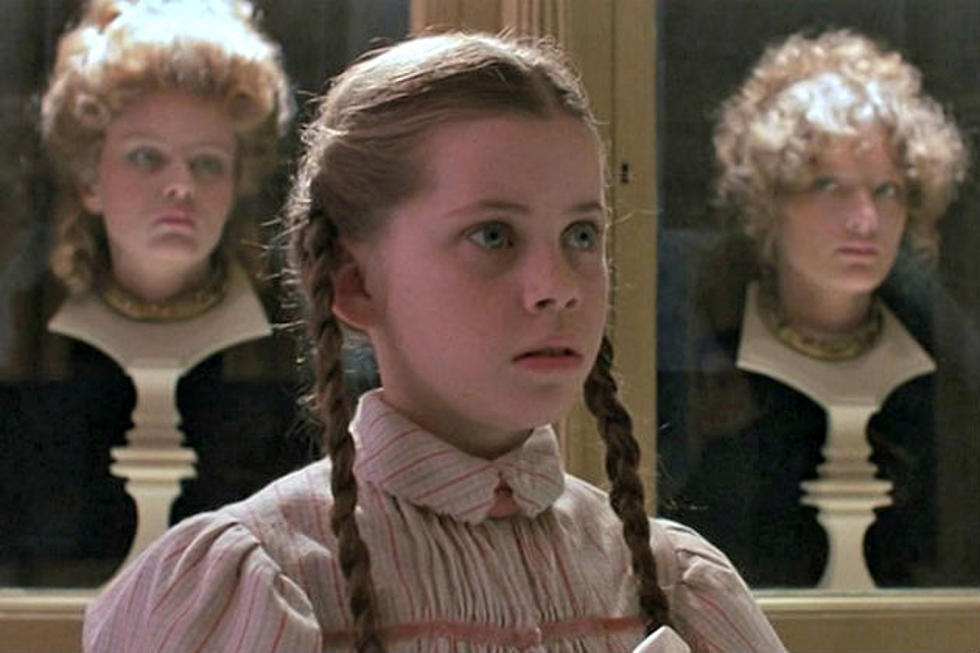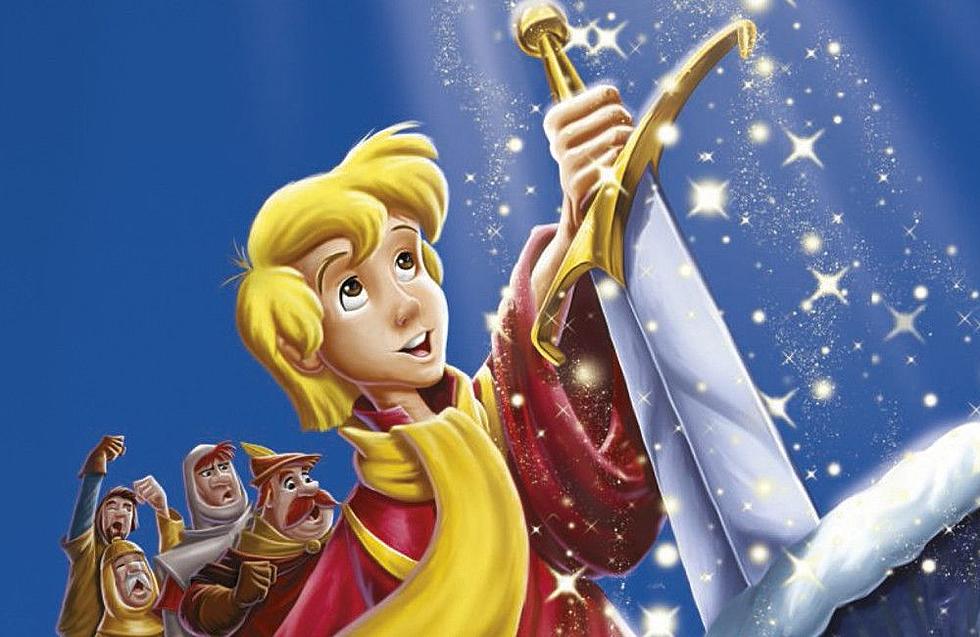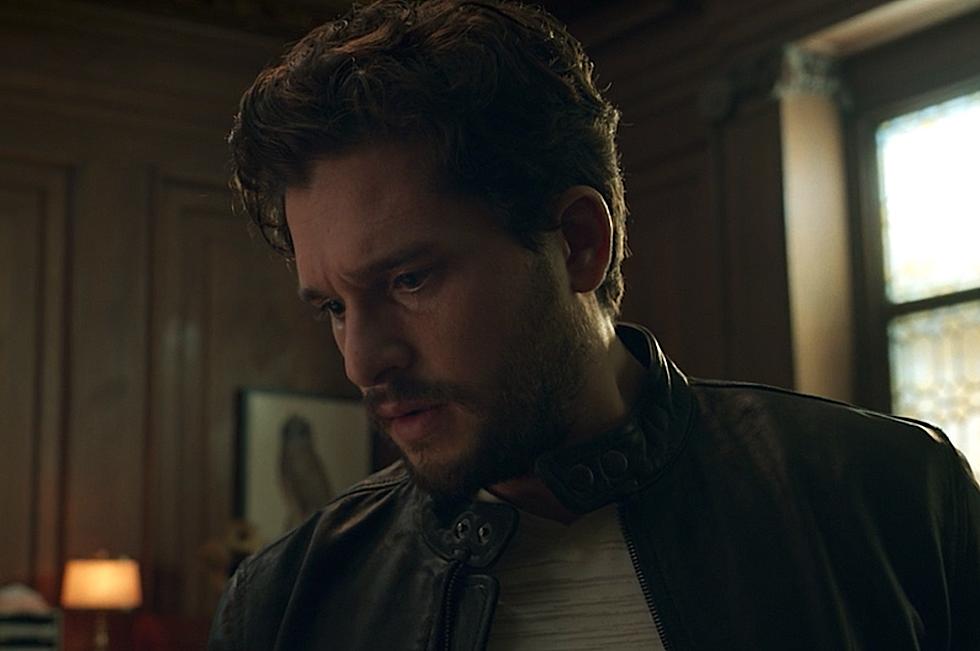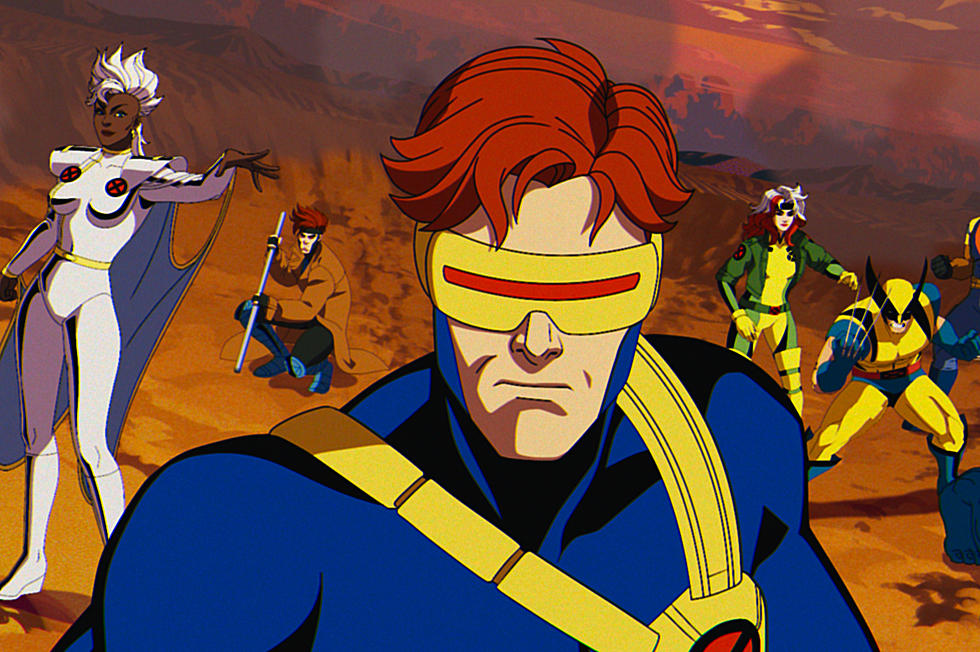
Revisiting ‘Return to Oz’, the Bizarre and Horrifying Sequel Your Childhood Forgot
This week marks the 75th anniversary of 'The Wizard of Oz,' the classic 1939 film that stands out in the minds of many as one of the greatest films in cinema history. But what you may have forgotten is Disney's often overlooked 1985 sequel, 'Return to Oz' -- the arguably more faithful but much darker and totally terrifying follow-up that eschewed the musical elements and the vibrant colors to embrace metaphors about childhood trauma and escapist fantasies ... you know, for kids.
'The Wizard of Oz' is a certified classic, a benchmark moment in cinema, a masterpiece, etc. But it strays so far from L. Frank Baum's source material, painting a candy-coated and vibrant portrait of twee delight and saccharine splendor, filled with music and wonder. It's awe-inspiring, and far from the dark whimsy of Baum's world of Oz. If 'The Wizard of Oz' were made today, fans of the book series would be pissed. People on Tumblr would be dissecting the differences with helpful diagrams. Kickstarters would be funded for more faithful adaptations.
Unfortunately, 'Return to Oz' was a failure. Directed by editor and sound designer Walter Murch, the film was launched at Disney after a brainstorming meeting to come up with a way to use the rights to the 'Oz' books before Disney's options ran out. Murch wanted to make a film that was more faithful to the source material, and drew inspiration from both 'The Marvelous Land of Oz' and 'Ozma of Oz,' and cast a young Fairuza Balk in her first film role as little Dorothy Gale, giving us a Dorothy who, unlike Judy Garland, was actually a little girl.
I've probably seen 'Return to Oz' more times than 'The Wizard of Oz.' I just sort of hated the idea that every Thanksgiving we had to huddle around the TV and watch the classic version, just like I hated the idea that every Christmas we had to watch a marathon of 'A Christmas Story' on TBS and no one was allowed to change the channel for the full 24 hours. I had a real issue with authority. This is probably also why I identified more with 'Return to Oz' than its predecessor.
'Return to Oz' finds Dorothy six months after the events of 'The Wizard of Oz,' safely back home in Kansas and in a deep depression -- she can't sleep and she doesn't want to get out of bed to do her chores. Her Aunt Em and Uncle Henry don't buy into this whole Oz story, and they decide to take her off to a mental hospital for electroshock therapy to get "the bad dreams" out of her head. Right away it's easy to identify with young Dorothy: even if the world of Oz was a fever dream, or a way for her to cope with the trauma of a tornado that destroyed her home, the point is that her needs aren't really being addressed -- no one is really listening to Dorothy. And her stories about Oz could be indicators of a vivid imagination, the symptoms not of a mentally ill child, but a highly creative spirit. How many of us were eccentric kids whose parents thought the best answer was to ditch us with a therapist when we said something weird? Poor form, Auntie Em.
From the mental hospital, the film takes a familiar path: a lightning storm and a mysterious little girl serve as conduits back to Oz, but this isn't Judy Garland's Oz. Right away the threats are more imminent and horrifying, as Dorothy lands in the Deadly Desert, a place that turns every living thing to sand, and is shortly thereafter confronted by an Emerald City in ruins, inhabited by guys who appear to be a rejected gang from Walter Hill's 'The Warriors,' known as Wheelers -- psychotic minions with wheels attached to the places where their hands and feet should be. Nothing in 'The Wizard of Oz' was ever this horrific. The flying monkeys came close, but even the Wicked Witch of the West was just sort of shrill and laughable.
Dorothy's journey this time around is beset by danger: there's the Nome King and his underlings, beings made entirely of rocks who have stolen all of the emeralds back from the city; and Princess Mombi, who has trapped little Queen Ozma and the Scarecrow and turned all of the citizens of Oz into stone. Mombi collects women's heads to change them out with her own like she would a pair of shoes, a woman forever chasing an impossible beauty standard, striving for eternal youth -- a cautionary tale about vanity, for sure.
Like 'Labyrinth,' 'Dark Crystal' and other dark children's films of the 80s, 'Return to Oz' (which, like the previously mentioned films, also features work from Jim Henson) embraces the horror and harder fantasy elements, utilizing a sort of whimsy that's much more foreboding and off-kilter. Its existence deepens the thematic currents of 'The Wizard of Oz,' taking it from a pure fantasy story about a girl who gets bonked on the head and whisked away to a wonderland to learn that there's no place like home, to a story about a young girl who concocts this escapist fantasy and regresses into herself to cope with traumatic experiences. The people and things around her have their own Oz equivalents, and it's in Oz that she's able to be stronger and braver to endure and survive her reality in 1900 Kansas.
Murch extensively researched the time period, using 'Wisconsin Death Trip,' Michael Lesy's book of 19th century photographs as a reference to create the dreary landscape and harsh living conditions Dorothy and her family would have endured back then. And in 1900, with as little as we knew about mental health and the crude electrical implements we used to treat patients, it's easy to imagine why Dorothy would prefer the alternate reality of Oz -- even with terrors of its own.
The climax of the film finds Dorothy and her friends trapped underground in a nightmarish hellscape, surrounded by literal fire and brimstone, on the verge of being devoured by the Nome King -- saved only because he's basically allergic to Dorothy's pet chicken. In the end, as with 'Labyrinth,' Dorothy is able to reconcile her escapist fantasy with reality, and Ozma tells her that she can come back anytime she wishes -- she even visits Dorothy through her bedroom mirror, just like Sarah's friends do at the end of 'Labyrinth.'
For Dorothy it's such a crucial moment: this idea that she doesn't have to compartmentalize, she doesn't have to escape just to endure, and that these imagined comforts could still exist whenever she wants -- but only when she wants them to, not because she needs them. She can draw upon her imaginative power in positive ways instead of using that ability to run away from something. And she knows that just because this magical place exists in her mind, that doesn't mean she's nuts -- it just makes her special.
There's this great moment at the end of 'Return to Oz' where we see Mombi's real-world equivalent, the sinister Miss Wilson from the mental hospital, being carted off in a wagon with bars on the back, and in that moment we know that Dorothy's Oz may not be real, but that it certainly does act as a sort of funhouse mirror for some very unpleasant things that happen in her life. Oz isn't the fever dream of 'The Wizard of Oz,' it's an escapist reality that enables a little girl to process and work through traumatic experiences.
'Return to Oz' is only terrifying in that it embraces so much of what 'The Wizard of Oz' was too scared to embrace. There's nothing grandiose or extravagant in Dorothy's second coming; when you peek behind the curtain this time, all you'll find is a scared little girl. No wonder so many people wanted to forget it.[googleAd adunit="cutout-placeholder" placeholder="cutout-placeholder"]
More From ScreenCrush









